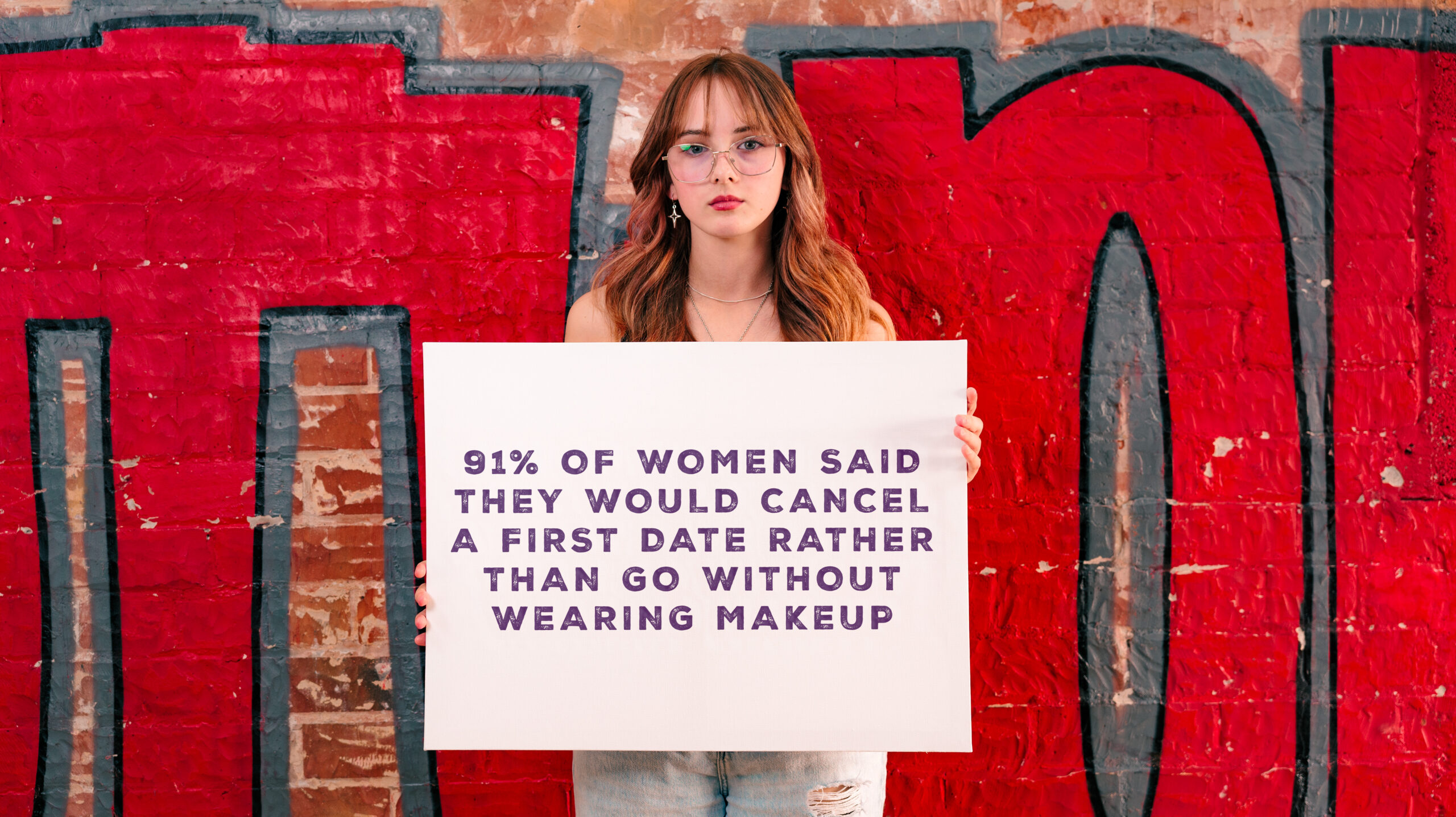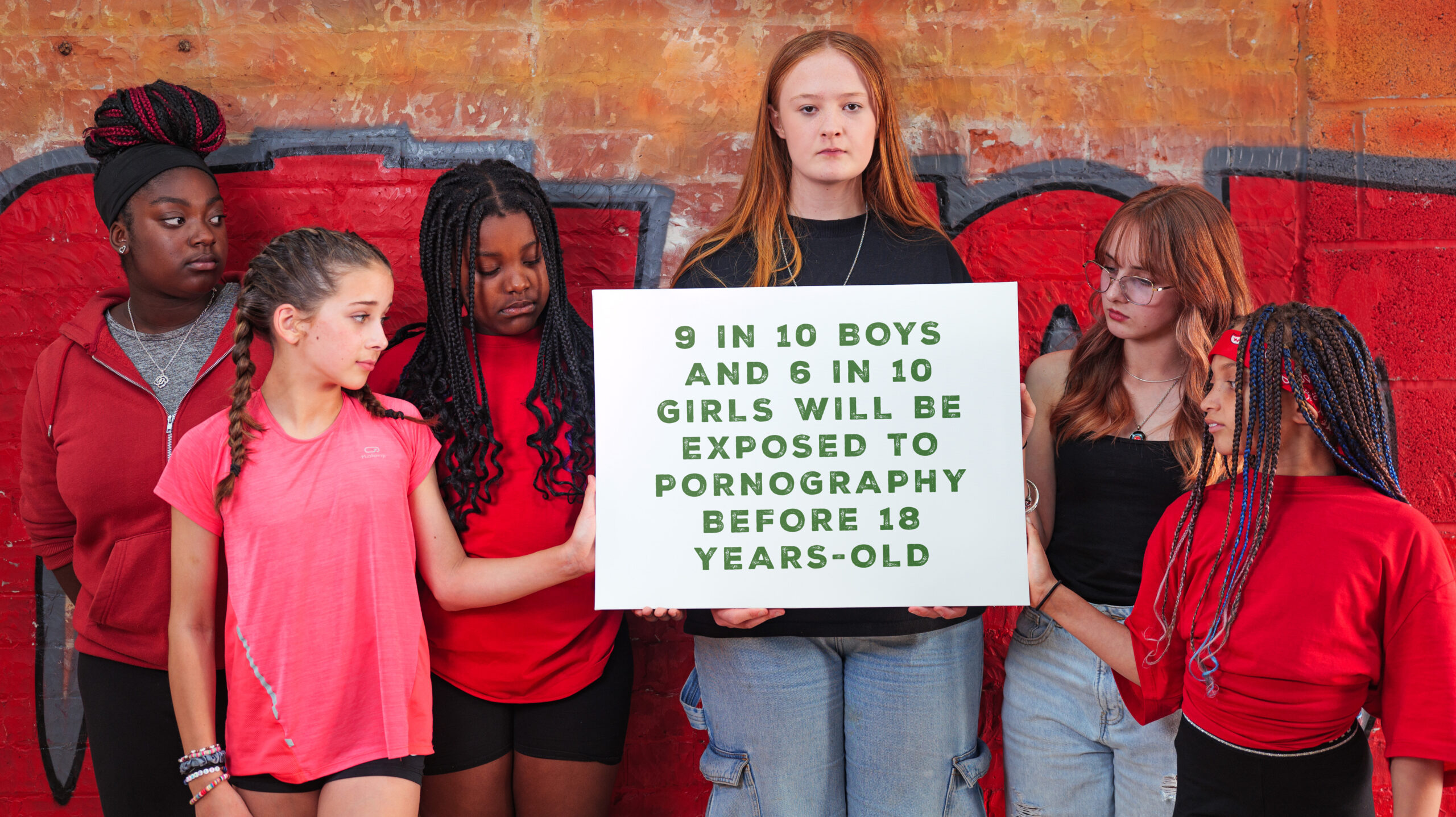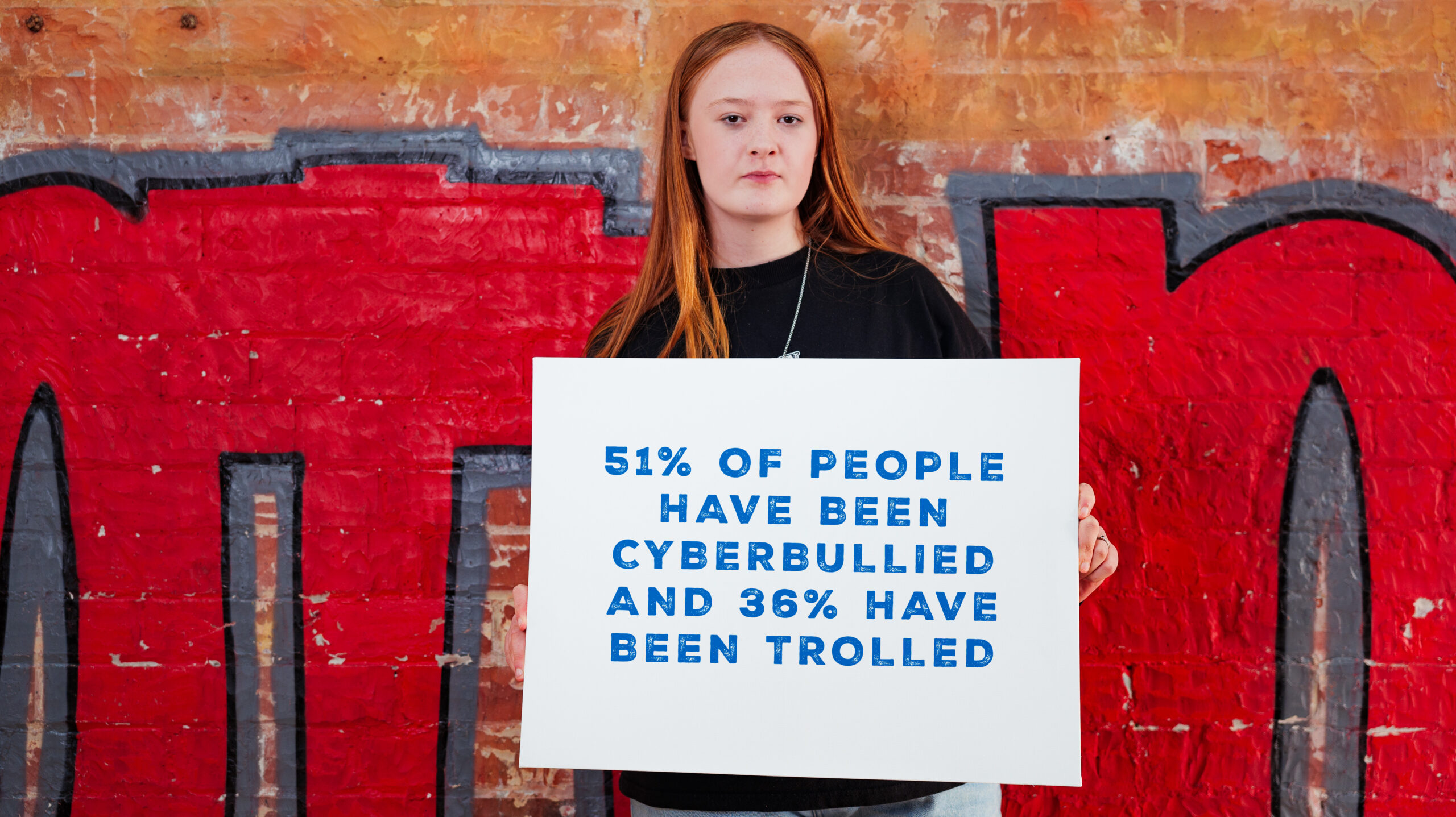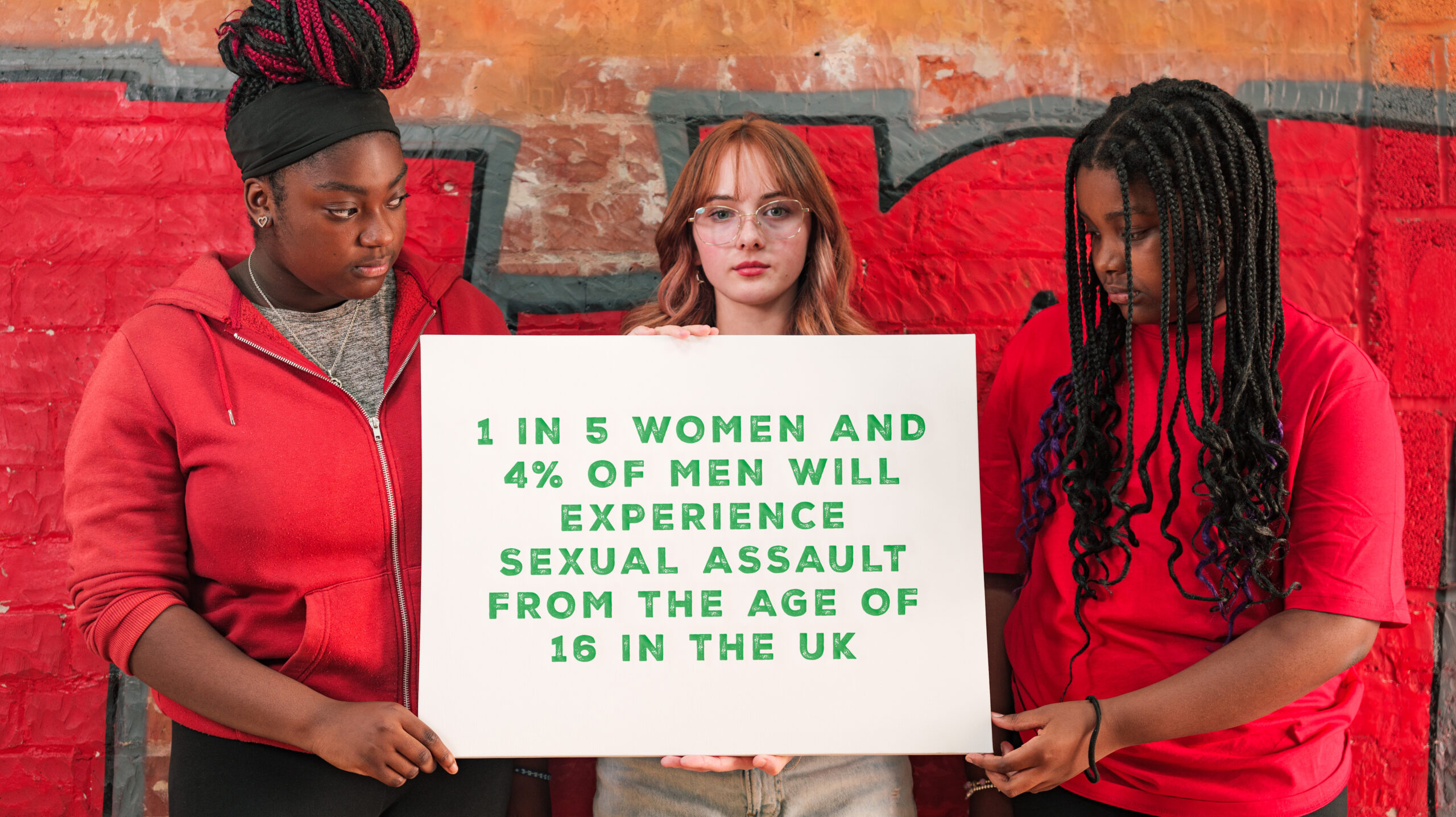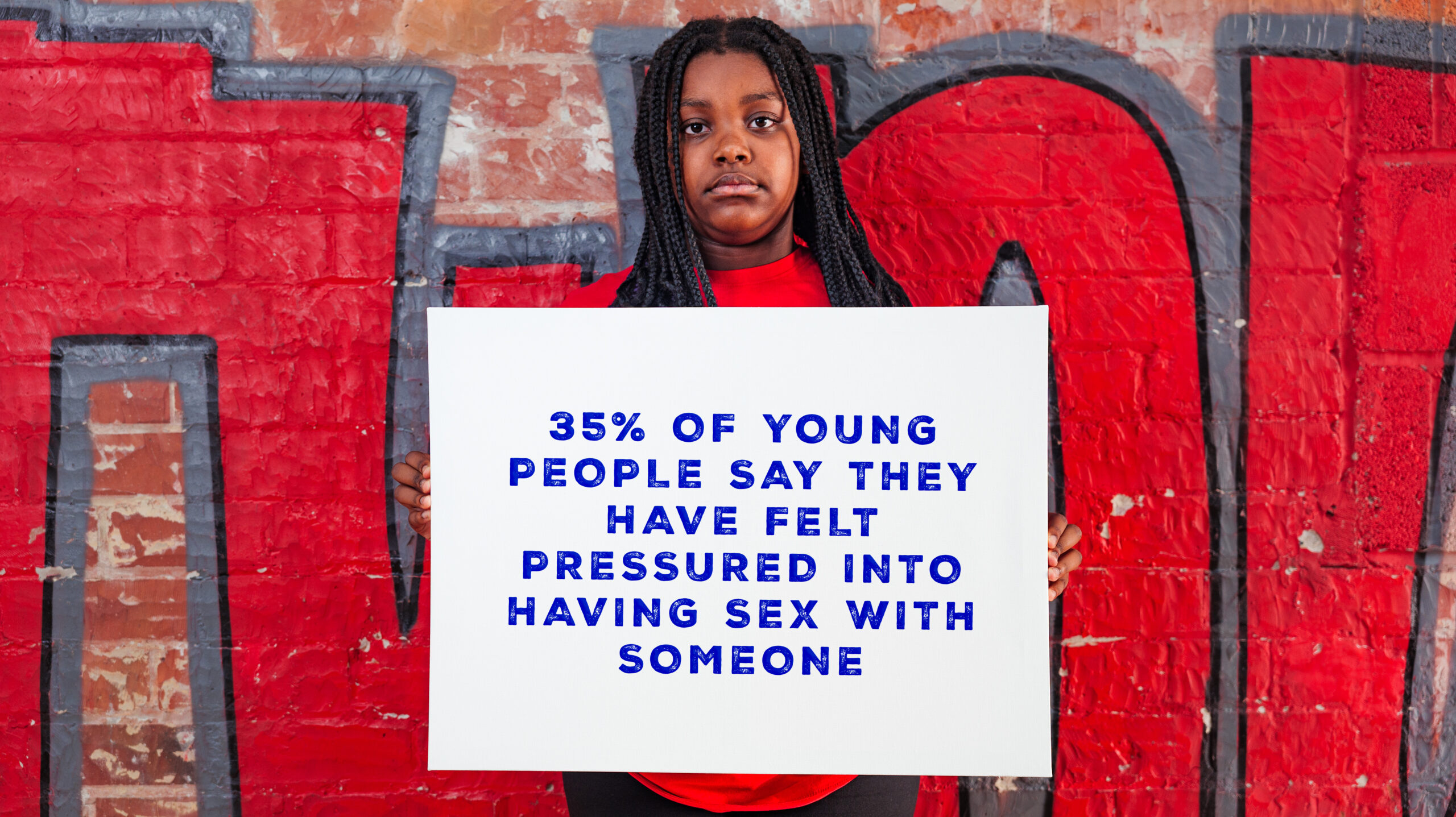Social media plays a huge role in defining our perception of beauty.
When the media pushes perfection, the pressure on girls can be immense. This lesson takes a critical look at media representations of feminine beauty and asks how these effect our sense of self-worth.
Over 50% of girls have low body confidence, 8 in 10 won’t see their friends or family, or even visit a doctor, when they don’t feel confident in their looks. (2017, a Dove Self-Esteem Project Our mission – Dove Self-Esteem Project)
The number of girls who say social networks make them feel worse about their appearance doubles between the age of 13yrs to 18yrs – 30% agree at 13yrs vs 60% at 18yrs (The Dove Self Esteem Project, #NoLikesNeeded Campaign | Dove Campaign)
Ideal for Year 9 and above.
Learning objectives
Identify factors that shape current standards of beauty
Understand the challenges, risks and implications of media representations of beauty
Explore how to maintain a healthy self-esteem and know our value
Key content
Compare and contrast social and cultural norms regarding appearance around the world
Explore factors affecting our perceptions of beauty and the origins of these
Statistics and information on women’s responses to presentations of beauty in the media and how this affects our lifestyle choices
An exploration of the implications and risks of existing beauty standards and how to challenge these
Vox-pops from teens on the topic of self-esteem
Discussion on the importance of valuing character and those qualities that make each of us unique
A Christian response to this topic inc. biblical teachings on how Christians find self-worth, validation and acceptance in their faith
Practical tips and tools that promote a healthy sense of wellbeing and help build resilience
Signposting to appropriate agencies and additional sources of support
Key curriculum themes
Health and wellbeing: Self-concept, Mental health and emotional wellbeing, Heathy lifestyles
Relationships: Bullying, abuse and discrimination, Social influences
Living in the wider world: Financial choices, Media literacy and digital resilience


